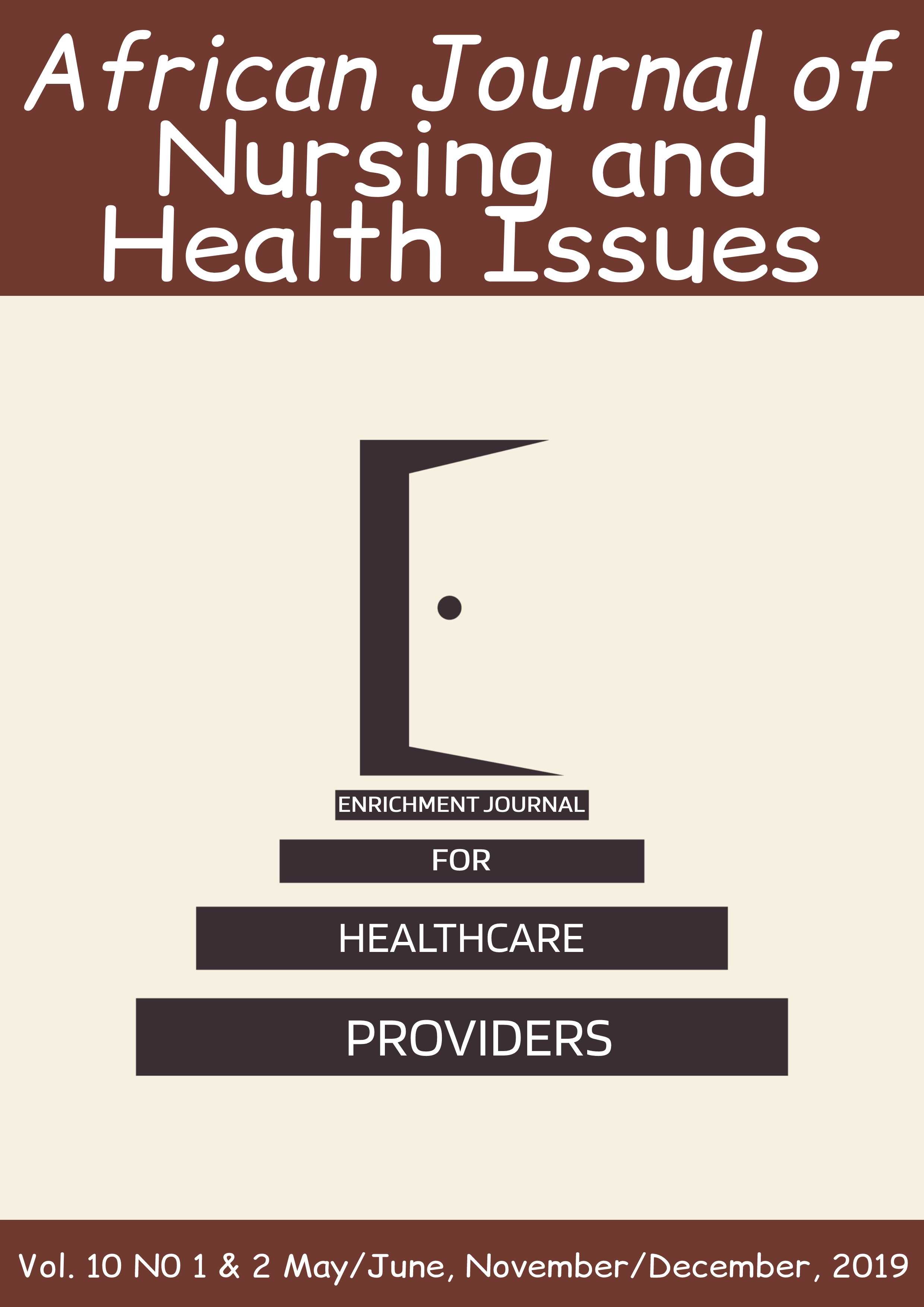
Perception and utilization of cervical cancer screening services among female nurses in Adeoyo Maternity Teaching Hospital, Ibadan, Nigeria.
Background: Cervical cancer is global cause of cancer and death among women. And approximately 80% of cervical cancers occur in developing countries. Early screening could lead to early diagnosis and prompt treatment of cervical cancer. However, most women diagnosed with cervical cancer have not met expected routine screening for this condition. Health workers especially nurses who have advantage to be the largest group have important role in health promotion activities. Knowing the extent in which the nurses are utilizing the cervical cancer screening services could help in determining their encouragement to women in their area of functioning. Aim: To assess the perception and utilization of cervical cancer screening services among the female nurses in Adeoyo Maternity Teaching Hospital, Ibadan. Method: A non-experimental cross-sectional study was conducted among the female nurses. Systematic random sampling was used to select the 149 consented nurses who consented. Data were collected using validated self -administered questionnaire with reliability coefficient of 0.82. Data were analyzed using descriptive statistic and hypotheses were tested using Chi square test at p≤0.05 Results: Respondents’ mean age was 38±10 years with overall mean knowledge score of 11.5±1.8. But 87.9% of the nurses had a good level of knowledge of cervical cancer and 66.4% had a good perception of cervical cancer screening services. Age, educational training and rank of the nurses have a statistically significant influence on their knowledge of cervical cancer (p<0.05). The nurses’ uptake of cervical cancer screening services is abysmally low, since only 16.1% of them had ever been screened for cervical cancer. The nurses’ knowledge of cervical cancer had no significant relationship with their utilization of cervical cancer screening services (p=0.151). However, the nurses’ perception of cervical cancer screening services had a significant relationship with their utilization of screening services (p=0.001). In addition no significant difference between nurses’ professional cadre and perception of cervical cancer screening services (p=0.068). Conclusion: There is need to further educate the nurses, especially on transferability of their knowledge and perception of cervical cancer and its screening services into utilization of cervical cancer screening services. This will play a major role in enlightening the public on availability and need for cervical cancer screening services and ultimately reduce the mortality rate and improve their quality of life.
